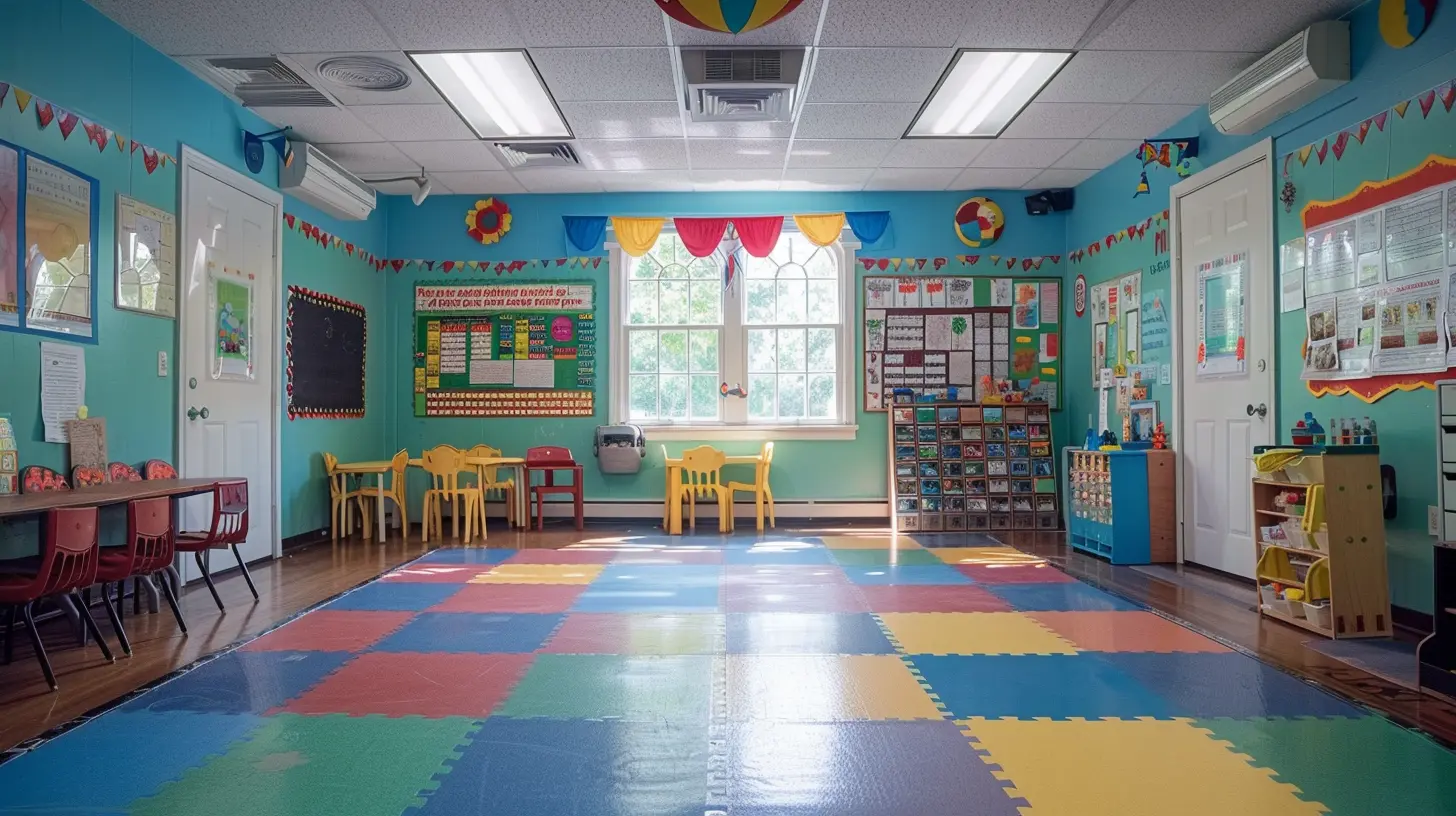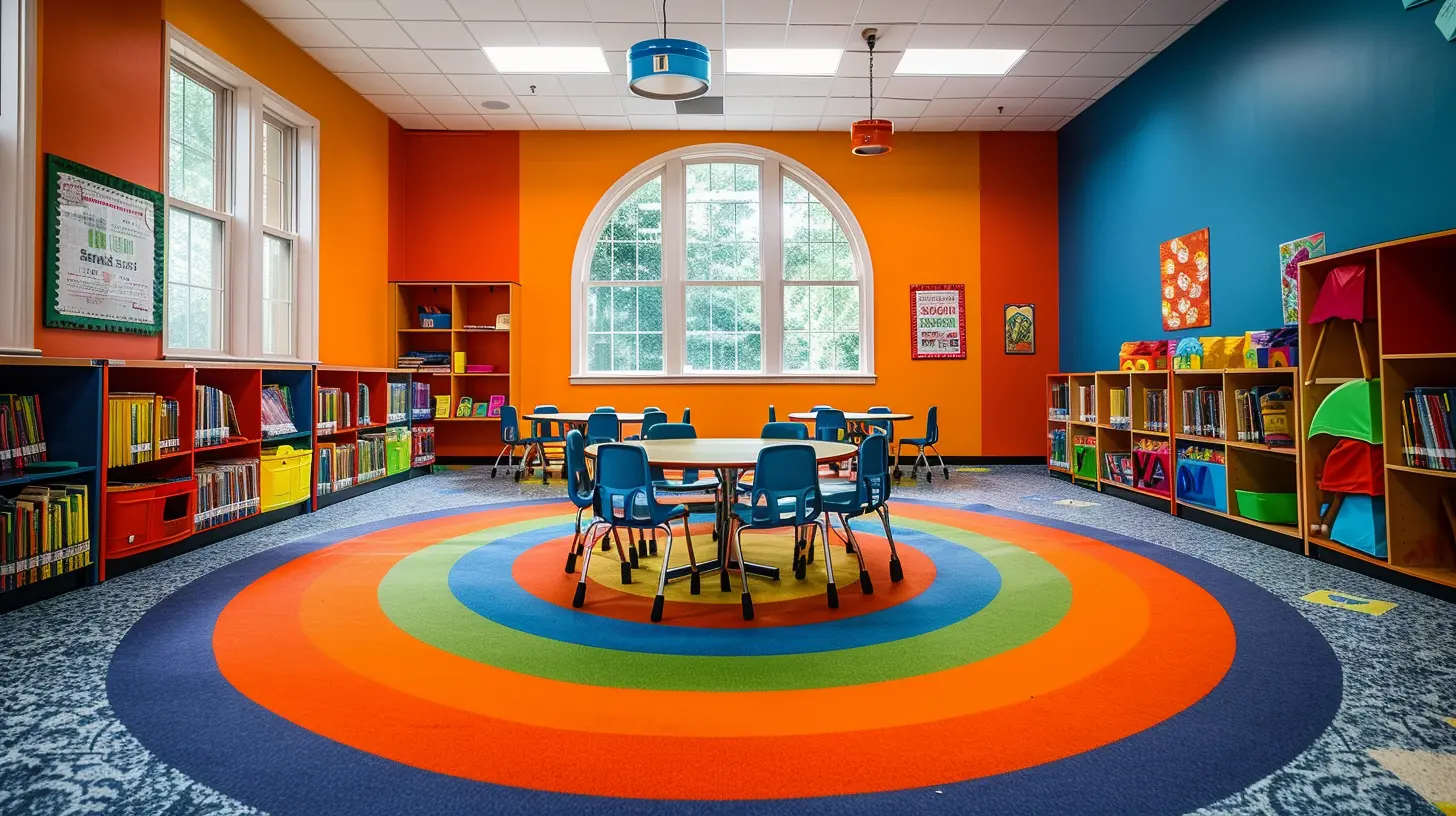Analyzing the Impact of School Funding on Classroom Resources
8 May 2025
When we talk about school funding, we're really talking about the backbone of our education system. Money—whether we like it or not—dictates a school’s ability to provide quality education. From textbooks and technology to teacher salaries and classroom supplies, there's no denying that cash runs the classroom. But what happens when funding is uneven or, worse, inadequate? Let’s dive deep into how school funding (or the lack thereof) shapes the learning experience for millions of students. 
The Harsh Reality: Money Talks in Education
Let’s be real—schools don’t run on goodwill alone. They need cold, hard cash to function properly. When funding is strong, classrooms are stocked with new books, up-to-date computers, and well-trained teachers. However, when budgets are tight, students are left with dog-eared textbooks, outdated software (Windows XP, anyone?), and overworked teachers juggling multiple roles.Now, this isn’t just about better schools looking fancier; it’s about equity. Some schools operate like mini Ivy Leagues, while others struggle to provide basics like paper and pencils. Sounds unfair, right? That’s because it is. 
How School Funding Actually Works (It’s Complicated)
Before we start pointing fingers, let’s break down where school funding comes from:1. Local Property Taxes: The Unequal Paymaster
In the U.S., a big chunk of school funding comes from local property taxes. Translation? Schools in wealthier neighborhoods receive more money because property values are high. Meanwhile, schools in low-income areas get the short end of the stick, struggling with outdated resources.2. State Funding: The Balancer (or Not?)
The state government steps in to try and even things out, but let’s be honest—it’s not always enough. Budget cuts and political priorities often decide who gets what, and some states do a better job than others at distributing funds fairly.3. Federal Aid: The Last Resort
The federal government provides additional support, mostly for schools serving low-income students, but this funding is limited. Programs like Title I help, but they don’t always close the gap.
The Direct Impact on Classroom Resources
📌 1. Textbooks and Learning Materials: Outdated vs. Cutting-Edge
Ever compared a pristine, full-color textbook to a tattered one held together by duct tape? Students in underfunded schools often use outdated books filled with irrelevant or incorrect information. Meanwhile, well-funded schools have the latest editions, ensuring students learn with accurate and engaging material.💻 2. Technology: The Digital Divide is Real
In today’s digital age, access to technology determines how students learn. Wealthier schools provide students with personal tablets or laptops, while underfunded schools may have a single computer lab for hundreds of students. This divide puts some kids at a serious disadvantage, especially in an era where digital literacy is non-negotiable.🏫 3. Facilities: Crumbling vs. State-of-the-Art
Some schools have immaculate classrooms, modern science labs, and even auditoriums that rival Broadway theaters. Others? They deal with broken heating systems, leaky roofs, and peeling paint. A safe, comfortable environment makes learning easier—shouldn’t all students have that?👩🏫 4. Teacher Quality: The Overworked vs. The Supported
Better-funded schools attract and retain high-quality teachers because they can offer competitive salaries, ongoing training, and manageable class sizes. Underfunded schools? They often have overworked teachers handling 30+ students per class, sometimes without proper training or support.
The Ripple Effect: How Funding Shapes a Student’s Future
School funding doesn’t just determine whether a classroom has smartboards or chalkboards; it impacts a student’s entire future.- Academic Performance 🚀 – A lack of resources makes it harder for students to succeed in standardized tests and college admissions.
- College Readiness 🎓 – Schools with AP courses, college counseling, and scholarship support better prepare students for higher education.
- Career Opportunities 💼 – Access to technology and specialized programs like coding or engineering gives students a competitive edge in the job market.
When kids don’t get equal resources, the education gap keeps widening, perpetuating cycles of poverty and economic disparity.
The Funding Gap: Why Haven’t We Fixed This Yet?
If education is so important, why is school funding still a mess? A few reasons:- Politics 🤦 – Funding often depends on state budgets, elections, and political priorities. Schools sometimes get caught in the crossfire of financial debates.
- Lack of Awareness 📢 – Many people don’t realize just how uneven school funding is, so there’s little pressure for reform.
- Resistance to Change ⚖️ – Fixing school funding means redistributing money, which isn’t always popular among those benefitting from the current system.
What Can Be Done?
Okay, enough doom and gloom. The situation isn’t hopeless—we can still push for change.✅ 1. Advocating for Fairer Funding Policies
Support policies that allocate funds based on student needs rather than property values. Some states have already made shifts toward more equitable models—others need a push.✅ 2. Investing in Public Education
If we want students to succeed, we need to prioritize education in our budgets. Increased investment in public schools can help close the resource gap.✅ 3. Community Involvement Matters
Local communities can step up with fundraising, mentorship programs, and volunteer initiatives. When schools lack resources, every bit of help counts.✅ 4. Push for Technology Accessibility
With online learning becoming more prevalent, ensuring all students have access to devices and the internet is crucial. Schools and policymakers must work together to bridge the digital divide.Final Thoughts
At the end of the day, school funding determines whether students thrive or struggle. The difference between a well-funded and an underfunded school isn’t just about fancy facilities—it’s about access, opportunity, and fairness. Every child deserves a quality education, no matter their zip code. Until we fix these funding disparities, the education system will continue to fail the students who need it the most.So, what are we going to do about it?
all images in this post were generated using AI tools
Category:
School FundingAuthor:

Madeleine Newton
Discussion
rate this article
6 comments
Zain McVicker
Equitable funding is crucial; it directly shapes resources and opportunities for diverse student success.
May 16, 2025 at 3:58 AM

Madeleine Newton
Absolutely, equitable funding is essential for ensuring that all students have access to the resources and opportunities they need to succeed.
Sera Gates
Ah, yes! Because who needs books and supplies when we have the magic of hope?
May 14, 2025 at 12:52 PM

Madeleine Newton
While hope is valuable, adequate funding is essential for providing the books and supplies students need to succeed.
Laura Roberson
Ah yes, let’s dive deep into the riveting world of school funding—because who doesn’t enjoy discussing budgets over actual classroom supplies? Thrilling stuff, really!
May 13, 2025 at 7:50 PM

Madeleine Newton
I appreciate your humor! While budgets may seem dry, they play a crucial role in ensuring students have the resources they need for success.
Orionis McKinley
This article effectively highlights the crucial link between school funding and classroom resources. By examining various funding models and their direct effects on educational quality, it underscores the importance of equitable financial support. A well-informed approach to funding can significantly enhance learning environments and foster better student outcomes. Great read!
May 13, 2025 at 4:27 AM

Madeleine Newton
Thank you for your thoughtful feedback! I'm glad you found the article insightful in highlighting the importance of equitable school funding and its impact on educational quality.
Hattie Wells
School funding isn’t just numbers on a page; it’s the heartbeat of our classrooms. Cut the cash, and you cut dreams. Let’s prioritize real education, not empty budgets!
May 12, 2025 at 8:58 PM

Madeleine Newton
Absolutely! School funding is crucial for providing the resources that inspire and empower students. Investing in education is investing in the future.
Elin McDougal
This article effectively highlights how disparities in school funding directly affect classroom resources, influencing educational equity and student outcomes significantly. A crucial read for educators!
May 11, 2025 at 10:18 AM

Madeleine Newton
Thank you for your insightful comment! I'm glad you found the article valuable in addressing the important link between school funding and educational equity.
MORE POSTS

Effective Communication Skills for Student Success

How to Use Technology to Enhance Group Activities in the Classroom

Understanding the Role of Motivation in Student Learning: Research Insights

Exploring the History of School Funding in the United States

Addressing the Stigma Around Mental Health in Schools